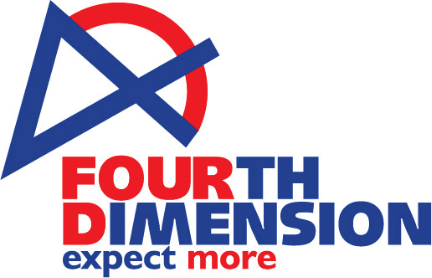11 Warning Signs of Technical Debt
Infrastructure
At some point, every organization has to deal with the fallout from technical debt. It is therefore beneficial to understand what technical debt is and why it occurs. In doing so, you can identify the problem early and prevent extinguishing fires later. You can learn about technical debt how to protect your organization from technical debt here. In this article, let us explore what signs you have to look out for to handle technical debt effectively.
Warning Signs of Technical Debt
Technical debt is not always obvious to end users or stakeholders. Until then, it could already be too late.
There are a few symptoms that denote that you could have too much technical debt:
1. Legacy apps and systems:
- Performance issues, security breaches, and higher maintenance expenses in your organization's IT infrastructure indicate technical debt.
- It denotes that your IT infrastructure isn't updated and maintained on a regular basis.
2. Manual Operations:
- Less automation and more human effort in day-to-day processes indicate technical debt.
- Compared to automated procedures, manual operations are frequently error-prone and time-consuming.
- This can result in higher expenses and reduction in efficiency.
3. Lack of documentation:
- Poor documentation leads to challenges in onboarding new team members, troubleshooting and long-term system maintenance.
- This is also an underlying reason for technical debt.
4. Short-term thinking:
- Focusing more on immediate profits than on long-term strategy also results in technical debt.
- Thinking in the short term might lead to temporary solutions and workarounds that eventually require sustainability and scalability.
5. Unresolved security vulnerabilities:
- Unresolved security vulnerabilities pose risks such as data breaches and system downtime.
- Such unresolved issues highlight the need for proactive cybersecurity measures.
6. Strategy & Process:
- Ineffective maintenance process management, inconsistent code quality assessments, and poor backlog prioritizing technical debt.
- At the enterprise level, a well-defined set of competencies that are connected to the organization’s intended business outcome are required.
7. Talent:
- Gaps in the internal and external talent bases affect organizational capability.
- This causes a hold-up in the delivery of products to consumers and put resources at risk.
8. Code that is difficult to understand and maintain:
- Technical debt frequently leads to code that is difficult to understand and maintain, which makes it challenging for new engineers to work on the system.
- Additionally, reusability may be restricted by rigid, monolithic code blocks.
9. Increase in downtime or bugs & Delayed Growth:
- If your organization frequently faces issues with increasing downtime, then keep a check on your technical debt.
- It could also be the cause if it takes longer time for your organization to build new features or to address faults.
10. Difficulty scaling & Lack of adaptability:
- Technical debt may be indicated if a company has trouble growing its software system.
- It also arises from your system's inability to change and adapt to new needs.
11. High maintenance costs, Budget overruns & missed deadlines:
- A high maintenance budget that keeps growing indicate technical debt.
- Projects that frequently miss deadlines or incur budget overruns may be the result of technical debt.
How much debt is too much in technical debt?
Technical debt is not always harmful. The key problem is maintaining a long-term balance. Nevertheless, there will always be some technological debt, so the key question seems to be: How much is too much?
Organizations may steer clear of accruing technical debt by keeping an eye out for the above warning signs and taking proactive measures to rectify them. With our approach to managing technical debt, Fourth Dimension Technologies will guarantee the long-term viability and health of your technological systems.
